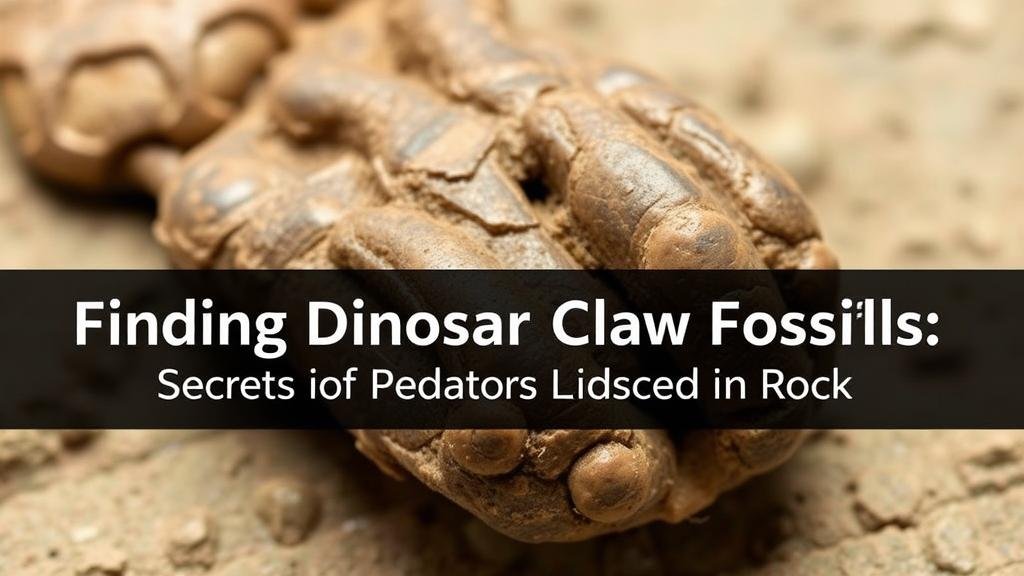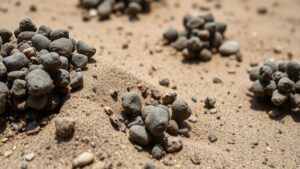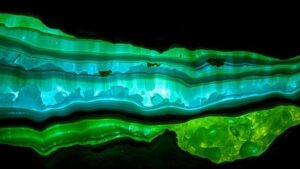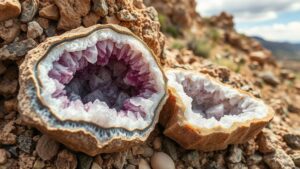Finding Dinosaur Claw Fossils: Secrets of Predators Locked in Rock
Finding Dinosaur Claw Fossils: Secrets of Predators Locked in Rock
Dinosaur claw fossils are among the most enchanting and revealing remnants of the prehistoric world. For rockhounds and mineral collectors, these fossils provide crucial insights into the behavior, ecology, and evolution of dinosaurs, especially those that occupied the top of the food chain. This article will delve into the fascinating world of dinosaur claw fossils, offering practical tips for collectors and discussing the science behind these remarkable finds.
The Science Behind Claw Fossils
Fossilization is a rare yet captivating process that transforms organic material into stone over millions of years. Dinosaur claws, primarily made of keratin–similar to human nails–can undergo fossilization under specific conditions. Typically, this occurs when the claws are trapped in sediment, which gradually hardens into rock, preserving their intricate details.
Claws from theropod dinosaurs, such as the Velociraptor or Tyrannosaurus rex, are particularly sought after. For example, the claws of the Velociraptor measure approximately 3 to 4 inches long, reflecting its predatory lifestyle. Studies have indicated that these claws were used for slashing skin and tearing flesh, showcasing the lethal efficiency of these ancient predators.
Where to Find Claw Fossils
Finding dinosaur claw fossils requires knowledge of the best locations and geological formations where these relics are prevalent. The following regions are renowned for their fossil findings:
- Montana: Home to the Hell Creek Formation, this area is famous for well-preserved fossils, including theropod claws.
- Wyoming: The Lance Formation is another hotspot, with numerous dinosaur fossils and many claw specimens unearthed.
- Utah: The Morrison Formation contains a rich fossil record from the Late Jurassic period, with many predatory dinosaur remains.
Collecting permits or permissions may be required in these areas, and its crucial to respect local regulations to protect these irreplaceable resources.
The Tools of the Trade
Successful fossil hunting requires the right tools. Below are essential items for rockhounds and collectors:
- Geology Hammer: A heavy-duty hammer specially designed for breaking rocks.
- Chisels: Essential for carefully extracting fossils from matrix material.
- Brushes: Soft brushes aid in cleaning fossils without causing damage.
- Magnifying Glass: Helps examine small details on claw fossils.
- Field Notebook: Useful for taking notes on geological locations, fossil finds, and environmental conditions.
Identifying Claw Fossils
Identifying claw fossils accurately can be challenging due to environmental factors and the fossilization process. Here are key characteristics to help identify dinosaur claw fossils:
- Size: Dinosaur claws vary significantly based on the species, with theropods typically having larger, curved claws.
- Shape: Examine the curvature and tapering of the claw; theropod claws generally possess a distinctive curved shape for optimal grasping.
- Textures and Patterns: Look for striations or patterns that indicate keratin structure; these features often distinguish dinosaur fossils from other types of claws.
Preservation and Display
Once youve successfully collected a dinosaur claw fossil, proper preservation is necessary to protect your find. Consider the following:
- Cleaning: Gently clean fossils with mild soap and water. Avoid harsh chemicals that can erode the specimen.
- Storage: Keep fossils in a controlled environment, ideally in a temperature- and humidity-stable area. Avoid exposure to direct sunlight.
- Display: If displaying your collection, use secure display cases to prevent damage and ensure each fossil is well-labeled for educational purposes.
The Thrill of Discovery
Finding dinosaur claw fossils is not just a hobby; its an engaging journey into the past. With each fossil uncovered, collectors contribute to our understanding of the Earths prehistoric inhabitants. Also, participating in fossil hunting can connect individuals with nature and foster a greater appreciation for geology and paleontology.
Actionable Takeaways
As you embark on your own fossil-hunting adventures, keep the following in mind:
- Research potential locations for fossil hunting.
- Join local fossil clubs or groups for shared knowledge and resources.
- Always observe ethical collecting practices and respect local laws.
- Document your finds to contribute to scientific understanding and personal records.
With patience, knowledge, and the right tools, you can uncover the secrets locked in rock and play a part in preserving Earth’s ancient history. Happy hunting!



